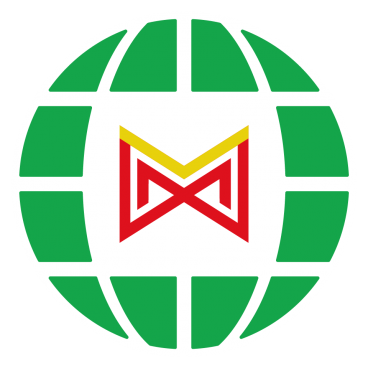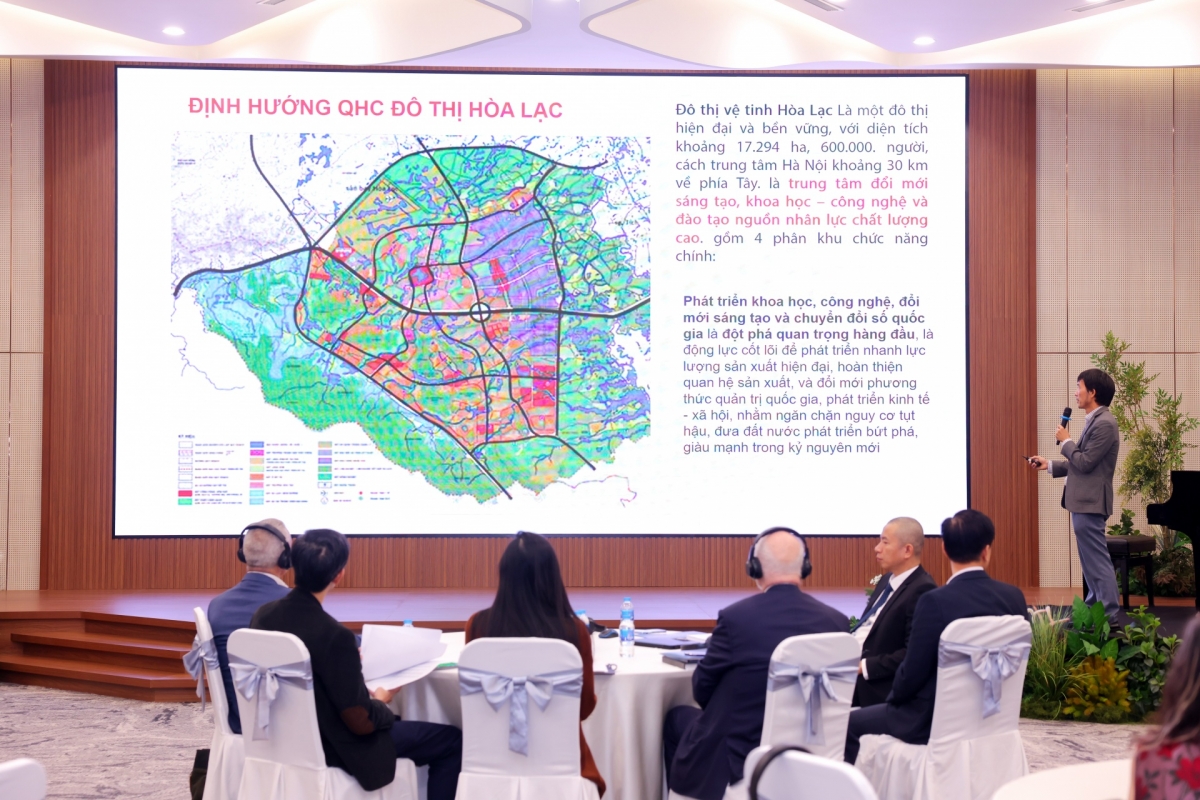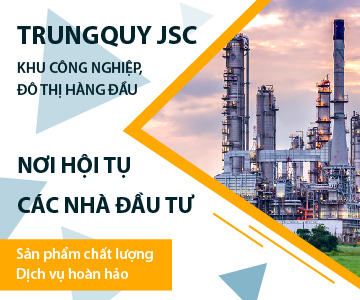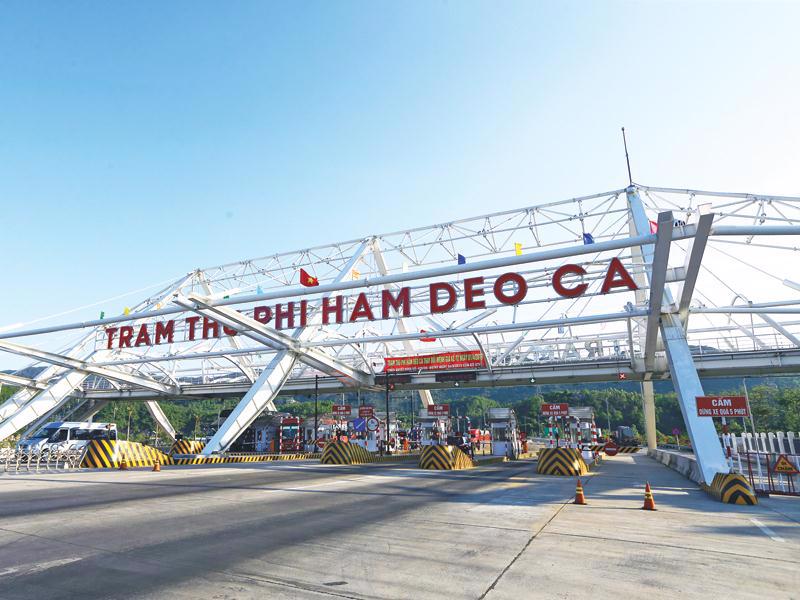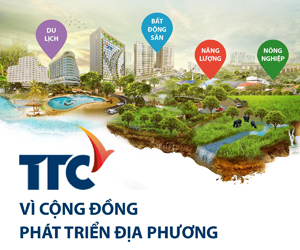INTERNATIONAL INVESTMENT
AND PORTAL
At a conference on November 8, experts outlined a vision for Vietnam’s high-tech future, positioning AI and semiconductors as key drivers of economic transformation. The government and industry alike are aiming to capitalise on this historic opportunity to modernise manufacturing and strengthen competitiveness.
According to Hoang Trung Hieu, deputy director of the National Innovation Centre (NIC), AI is reshaping every stage of high-tech manufacturing, from design and production to supply chain management. In the semiconductor industry, AI is enabling intelligent, automated factories that enhance productivity and resilience. “AI will play a decisive role in accelerating Vietnam’s shift from traditional manufacturing to an innovation-driven, knowledge-based ecosystem,” Hieu said.
Globally, the Organisation for Economic Co-operation and Development estimates AI could contribute over $15 trillion to the world economy by 2030. For Vietnam, this technology represents an opportunity for growth and a strategic pathway to transition from traditional manufacturing to an innovation-driven, knowledge-based economy.
The government has placed innovation and AI at the heart of national policy, identifying them as strategic priorities through 2030, with a vision towards 2045. The List of Strategic Technologies and Technology Products also ranks AI among Vietnam’s highest priorities, affirming its role as a fundamental driver of the high-tech sector.
The NIC is tasked with developing Vietnam’s innovation ecosystem, mobilising domestic and international resources for research, technology transfer, and adoption of emerging technologies, especially AI and semiconductors.
Hieu stressed that collaboration among government, industry, academia, and research institutions is essential to building a globally competitive high-tech ecosystem. Events like SEMIExpo serve as platforms for such cooperation, bringing together global and local leaders to discuss automation, digital transformation, and AI strategies in the semiconductor industry.
“Vietnam’s semiconductor ambition goes beyond technology,” he added. “It aims to nurture innovation, develop world-class talent, and build intelligent manufacturing centres with a strong Vietnamese identity.”
Ho Duc Thang, director general of the Ministry of Science and Technology's (MST) National Institute of Digital Technology and Digital Transformation, called the gathering more than a technical exchange, describing it as a forum to jointly shape the future of two strategic sectors: AI and semiconductors.
“Vietnam faces a historic opportunity to move from technology adopter to technology creator,” Thang said. “Our goal is to gradually achieve mastery and assert national digital sovereignty over AI.”
To realise that vision, Thang outlined four decisive steps Vietnam is taking:
Institutional breakthrough: AI Law proposal
Thang revealed that the MST has submitted a draft Law on AI to the National Assembly. If approved, Vietnam would join the EU, Japan, and South Korea among the first nations to enact dedicated AI legislation.
“This is the clearest testament to the Party and state’s commitment to AI as a top strategic technology,” Thang said. He added that the proposed law is not about control but about enabling innovation, providing an open, safe legal framework that encourages experimentation while ensuring ethical AI use.
Computing infrastructure: Foundation for autonomy
Thang stressed the need for strategic independence in computing power through large-scale High-Performance Computing centres. “The state must take the lead in investing in computing infrastructure to ensure strategic independence,” he said.
The move also opens opportunities for Vietnam’s domestic semiconductor industry. “We need Vietnamese-made chips, designed, packaged, and tested locally, to power those supercomputers,” he noted. “Developing AI infrastructure is a giant ‘order’ for the semiconductor industry.”
Financial mechanisms: Fuelling innovation
On the financial front, Vietnam is building mechanisms to accelerate innovation. Beyond existing funds like NAFOSTED and NATIF, the government is exploring a National AI Development Fund and an AI Voucher scheme to help enterprises adopt AI technologies and expand market demand.
Human resources: Dual-skilled workforce
Perhaps most crucially, Vietnam’s AI-semiconductor ambition depends on people. Thang highlighted the importance of cultivating dual-skilled engineers who understand both semiconductor hardware and advanced AI algorithms.
“This is the most valuable asset to ensure sustainable autonomy,” he said, calling for stronger education and training partnerships between universities and industry to prepare the workforce for future needs.
Thang likened the government’s role to that of a conductor, orchestrating collaboration among the three pillars of state, academia, and enterprise. Ministries such as Science and Technology and Finance are coordinating efforts to align institutions, infrastructure, data, and financial resources.
“Crucially, the state will act as the largest customer, posing complex technological challenges and inviting the private sector and academia to co-develop solutions. This ensures that national projects generate real demand and drive innovation within the domestic ecosystem,” he said.
Speakers at the conference shared a common vision: Vietnam’s path to technological self-reliance and global competitiveness must be built on innovation, collaboration, and human talent. AI and semiconductors, as Thang put it, are “two sides of the same coin, the wings for Vietnam’s economy to soar.”
From institutional reform and infrastructure investment to financial mechanisms and workforce development, Vietnam is laying the groundwork for a modern digital economy – one that aims not just to participate in, but to lead, the global transformation of high-tech manufacturing.
As Vietnam steps deeper into the global semiconductor race, experts say the country's strategic clarity, talent investment, and growing international partnerships are setting it apart.
 Vietnam’s semiconductor industry drive gains global momentum
Vietnam’s semiconductor industry drive gains global momentum
At the opening ceremony of the Vietnam Semiconductor Industry Exhibition 2025 (SemiExpo 2025), Deputy Prime Minister Nguyen Chi Dung said that Vietnam is proactively paving the way for technology investors, with science, innovation, and digital transformation serving as the driving forces for growth, aiming to “catch up, move together, and rise ahead”.
The Vietnam Semiconductor Industry Exhibition 2025 (SemiExpo Vietnam 2025) opened on November 7, marking an important milestone in Vietnam’s journey towards high-tech integration and global innovation.
Vietnam's semiconductor ambitions are gaining traction as the country positions itself as a potential manufacturing and innovation hub in Asia, drawing on strong global partnerships, especially with leading technology nations such as the Netherlands, to strengthen its local supply chain.



